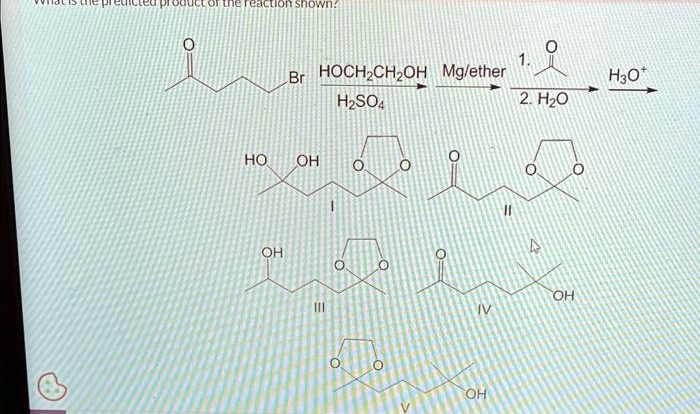Embarking on a journey of scientific exploration, we delve into the realm of solubility curves, uncovering their significance in chemistry and beyond. Practice using solubility curves worksheet serves as an invaluable tool, guiding us through the intricacies of this fundamental concept.
Solubility curves unveil the relationship between the solubility of a substance and various factors, such as temperature, pressure, and solvent polarity. Their applications extend far and wide, from the pharmaceutical industry to environmental science and food technology.
1. Introduction
Solubility refers to the ability of a substance to dissolve in a solvent to form a homogeneous mixture. Solubility curves graphically represent the relationship between the solubility of a substance and various factors, such as temperature. Understanding solubility curves is crucial in chemistry as they provide valuable information for predicting the behavior of substances in different environments.
Solubility curves have practical applications in various fields. For instance, in the pharmaceutical industry, they guide the design of drug formulations by determining the solubility of drugs at different pH levels and temperatures. In environmental science, solubility curves help predict the fate of pollutants in aquatic systems and guide remediation strategies.
2. Interpreting Solubility Curves
Solubility curves typically plot the solubility of a substance (in grams per 100 grams of solvent) on the y-axis against temperature on the x-axis. The shape of the curve provides insights into the solubility behavior of the substance.
The solubility of a substance generally increases with temperature. This is because higher temperatures provide more energy to overcome the intermolecular forces holding the solute particles together, allowing them to dissolve more readily. The slope of the solubility curve indicates the rate at which solubility changes with temperature.
3. Factors Affecting Solubility: Practice Using Solubility Curves Worksheet
Several factors influence the solubility of a substance, including:
- Temperature:As mentioned earlier, temperature has a significant impact on solubility, with higher temperatures generally leading to increased solubility.
- Pressure:For gases, solubility increases with pressure. This is because increasing pressure forces more gas molecules into the solvent.
- Solvent polarity:Polar solvents tend to dissolve polar solutes, while nonpolar solvents dissolve nonpolar solutes. This is because the intermolecular forces between the solvent and solute molecules must be similar for dissolution to occur.
4. Applications of Solubility Curves
Solubility curves find applications in various fields, including:
- Pharmaceutical industry:Solubility curves guide the formulation of drugs by determining their solubility at different pH levels and temperatures.
- Environmental science:Solubility curves help predict the fate of pollutants in aquatic systems and guide remediation strategies.
- Food industry:Solubility curves are used to optimize the solubility of food additives and ingredients to ensure product quality and stability.
Q&A
What is the significance of solubility curves?
Solubility curves provide crucial information about the solubility of a substance under varying conditions, enabling predictions and optimizations in various fields.
How can I use the practice using solubility curves worksheet?
The worksheet offers guided practice problems, detailed instructions, and real-world scenarios to enhance your understanding and application of solubility curves.
